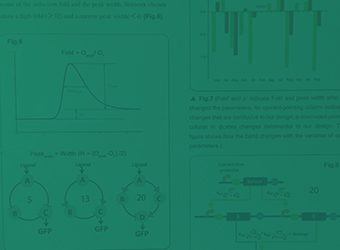Team:Peking
From 2013.igem.org
XingjiePan (Talk | contribs) |
XingjiePan (Talk | contribs) |
||
| Line 131: | Line 131: | ||
#navigationblock{background-color:#fafaf8; position:fixed; top:0px; width:1200px; height:130px; overflow:hidden; font-family:Calibri, Arial; float:left; margin:0px; padding:0px; z-index:1000; border-bottom:1px solid #d3d7d8;} | #navigationblock{background-color:#fafaf8; position:fixed; top:0px; width:1200px; height:130px; overflow:hidden; font-family:Calibri, Arial; float:left; margin:0px; padding:0px; z-index:1000; border-bottom:1px solid #d3d7d8;} | ||
#navbarlogo{position:absolute; top:0px; left:0px; width:1200px} | #navbarlogo{position:absolute; top:0px; left:0px; width:1200px} | ||
| - | #navigationbar{position:absolute; left: | + | #navigationbar{position:absolute; left:460px; top:38px; font-size:16px; font-weight:100; color:black;} |
#navigationbar > li {display:block; list-style-type:none; float:left; width:75px; height:30px; text-align:center; } | #navigationbar > li {display:block; list-style-type:none; float:left; width:75px; height:30px; text-align:center; } | ||
Revision as of 11:30, 21 September 2013


Aromatics Scouts
A fast, easy and accurate method to detect toxic aromatic compounds

Aromatic pollution is becoming a worldwide concern. Monitoring aromatics pollution, however, remains a substantial challenge. Noting the abundant genomic data of prokaryotes from aromatics-rich environment, Peking iGEM applied part mining to the genetic repertoire to develop a comprehensive set of transcriptional-regulator-based biosensors for aromatics. The transcription regulators for each typical class of organic compounds were first bioinformatically determined and then promoter engineering and protein engineering were performed to tune their properties functionally. To expand the detection profiles of biosensors, enzymes in upper pathways, working as plug-ins, were coupled with existing biosensors to degrade aromatics to detectable compounds. All these sensors are capable of detect a group of aromatics, and multi-sensor assay may provide an insight of detect certain components in samples.
Additionally, for the ease of detection, we have constructed a band-pass filter to detect a specific range of concentration. Responses of biosensors equipped with band-pass filter can robustly reflect the concentration of environmental samples.
In conclusion, Peking iGEM has remarkably enriched the library of biosensors for aromatics and enabled quantitative in situ detection for environmental monitoring. These biosensors as well-characterized synthetic biological tools, we expect, will be also intriguing for metabolic engineering, such as metabolic process control.
We have a date in the database

Auto Sensor Mining
Light of glory shall shed
upon those who see

Biosensors
They will always be there
waiting for our arrival

Plug-ins
My heart beats only for the special you

Band-pass Filter
Though soundless the beatings of wings
do feel the pleasant breeze

Human Practice

 "
"

